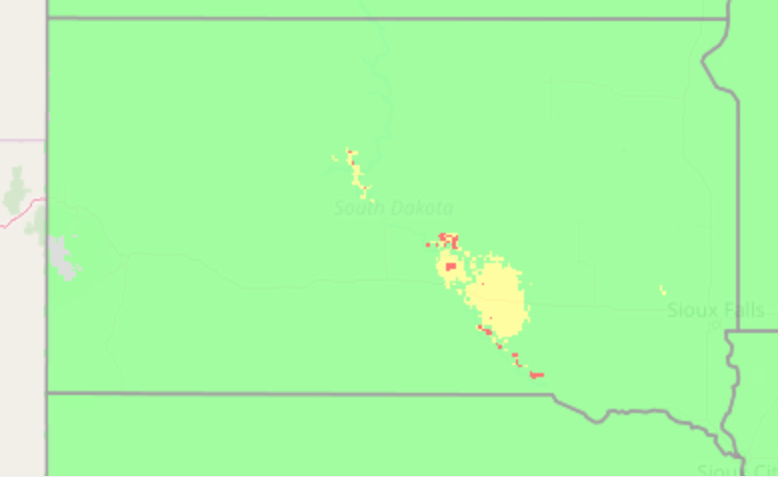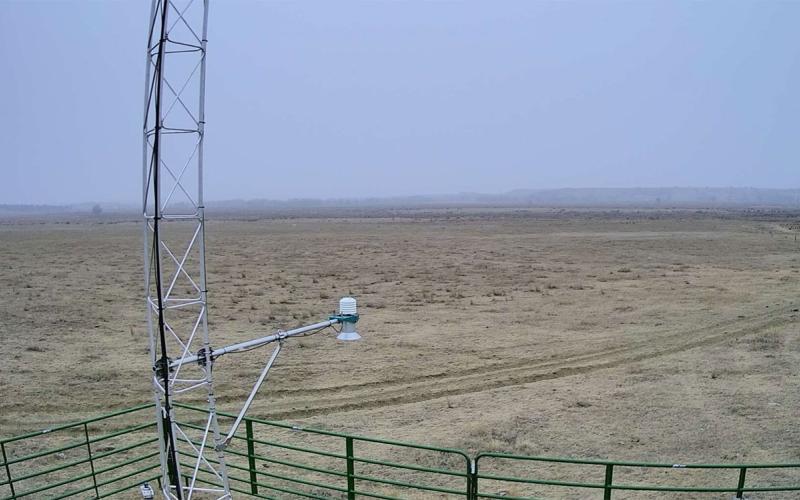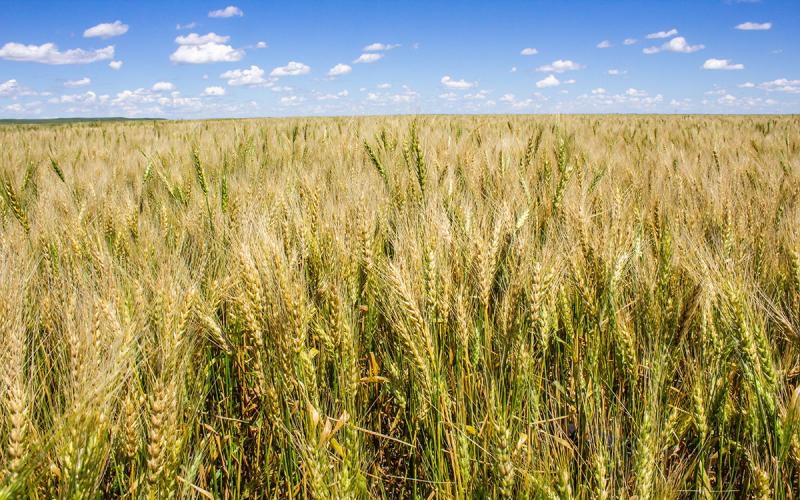Written with contributions by Emmanuel Byamukama, former SDSU Extension Plant Pathologist and Shaukat Ali.
Fungicide application in winter wheat has consistently shown to prevent yield loss caused by fungal diseases. However, in some cases, a fungicide application may not always result in a profitable yield when the disease pressure is low. Similarly, growers may wonder whether to apply a fungicide at flag leaf growth stage and then also at flowering for managing Fusarium head blight (FHB or scab).
Disease Forecasting Tools
Disease forecasting tools can aid fungicide application decisions and hence improve on the profitability of fungicide application. Two tools that are used when deciding on fungicide application in small grains are the Fusarium head blight (FHB or scab) prediction tool and the SDSU Small Grains Disease Prediction tool hosted by SD Mesonet. Both tools track weather conditions that are conducive for fungal diseases to develop and then provide the likely risk for these diseases.
The FHB tool provides the output as a map with FHB risk shown in different colors. A green color indicates a low FHB risk, while yellow and red colors indicate moderate and high risk, respectively (Figure 1). The SDSU Small Grains Disease prediction tool provides output in a table form. For the leaf diseases, the tool indicates if the conditions were conducive for leaf diseases to develop on a daily basis for the last 14 days. An accumulation of six or more conducive periods indicates a moderate to high risk for leaf diseases to develop.
Current Outlook

As of June 10, the FHB prediction tool indicates a low risk for FHB throughout the state with exception of few locations in Hughes, Tripp, Brule, and Buffalo Counties. For areas showing a moderate to high FHB risk, a fungicide application at flowering (50% plants with flowers) is advised. Growers in green areas are encouraged to keep checking on FHB prediction tool until wheat is done flowering.
Tan spot and Stagonospora leaf blotch severity remains low as indicated by the SDSU Small Grains Disease Prediction Tool for several locations. This tool currently shows few infection periods for several locations in South Dakota.


